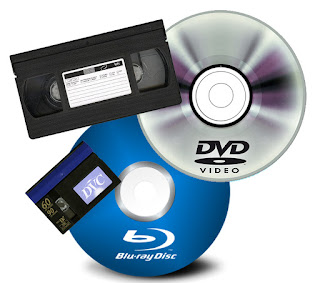Spider-Man: Into the Spider-Verse is the newest Marvel adaptation from Sony and is unusual in being a theatrically released animated film based on such a big superhero.
I was a little skeptical of the visual style going in, but it ended up blowing me away. More so than any comic book movie, this really feels like a comic come to life, largely due to the unique, highly stylized animation. There are comic style thought bubbles, split screens that look like panels, and sound effects written out as words.
Spider-Verse stays true to the anything can happen nature of comic books, which is something that’s much easier to get away with in animation. The characters from different universes are portrayed in wildly different animation styles that match their themes, which is something that would be extremely difficult, if not impossible to pull off in live action.
I was surprised by how trippy a lot of the animation ended up being and the kinetic, kaleidoscopic imagery results in one of the most creative animated films I’ve ever seen.
There are a massive amount of references and easter eggs, including a hilarious Spider-Man 3 joke right at the beginning, but they never feel shoehorned in. The fourth wall gets broken and there are some meta jokes, but these never take away from the emotional stakes.
Despite showing many different universes and a ton of characters we haven’t seen before in film, Spider-Verse is never convoluted. I’m very excited to see what comes next in this continuity and given the alternate dimensions the possibilities are almost literally endless.
Spider-Verse also manages to balance many different characters while still having plenty of time for character development and fun, high-energy action set pieces. There are plenty of jokes, but not at the expense of the film’s heart and it’s serious when it needs to be.
The 100-minute film is perfectly paced and never slow but doesn’t feel rushed either. There are a few cheesy lines, but overall the dialogue is quite well-written and witty.
I highly recommend this to any fans of comic book movies and this might even appeal to those who aren’t that crazy about superheroes.
Spider-Verse got nominated for a Golden Globe for best animated film and is basically a lock to get nominated for that category at the Oscars. I don’t know if I see it winning, as that award will probably go to Incredibles 2. For me though, I just might slightly prefer Spider-Verse to Incredibles 2 as the best animated film of the year.
It’s also the 2nd best comic book movie of 2018 after Infinity War and the best Spider-Man movie. I’d even go as far as to say it’s one of the best superhero films ever made.
The critics are loving SpiderVerse as it has a 97% on Rotten Tomatoes and an 87 on Metacritic.
The film is doing decently well at the box office as well, and will probably end up with an opening weekend of around $40 million. It also has an A-plus on Cinemascore.
























